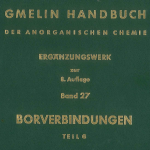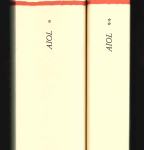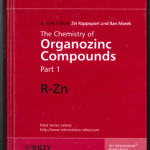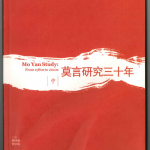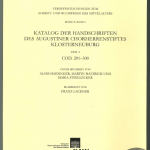Sämtliche Werke und Briefwechsel : historisch-kritische Ausgabe mit Faksimiles der handschriftlichen Texte Trakls / herausgegeben von Eberhard Sauermann und Hermann Zwerschina ; im Auftrag des Forschungsinstituts “Brenner-Archiv” der Universität Innsbruck. (OCLC #34642140)
When copy cataloging sets, it’s important to look at the set as a whole while searching for copy, not just the first volume. This one fooled me twice!
Volumes in this set were published in different years, not in order, and in somewhat of a wide range. Volume 1 was published in 2007, but Volume 2 was published in 1995. Looking only at Volume 1, I might have discounted the excellent record for the set with publication statement:
264 _1 Basel ; ǂa Frankfurt am Main : ǂb Stroemfeld/Roter Stern,
ǂc 1995-
Also, the volume I initially assumed was the first one (given the spine label V.1) turned out to be Volume 5, Part 1; the existence of V.2 (the second part of Volume 5) was extra convincing. Volume 4 also has two parts, so the labels “IV.1” and “IV.2” gave me an extra clue that something weird was happening.

